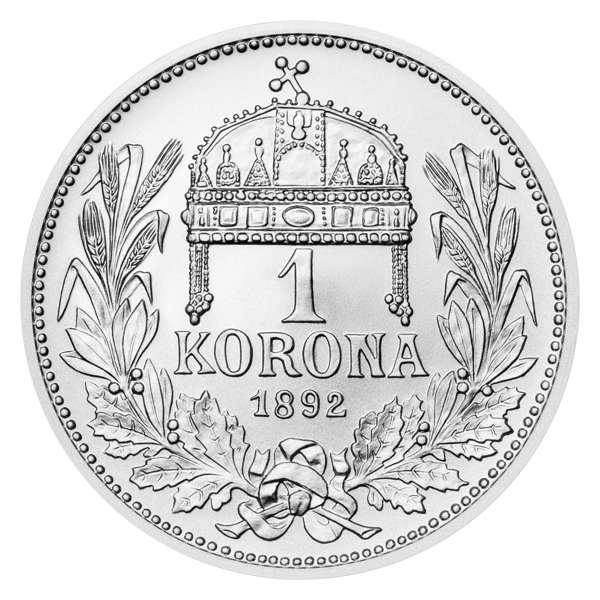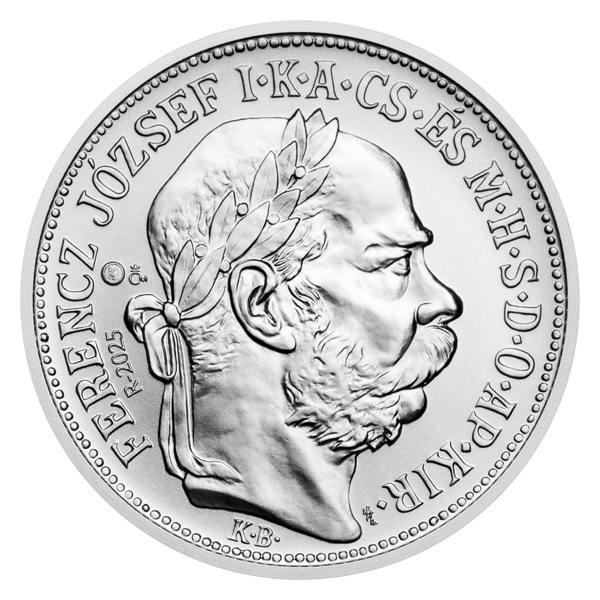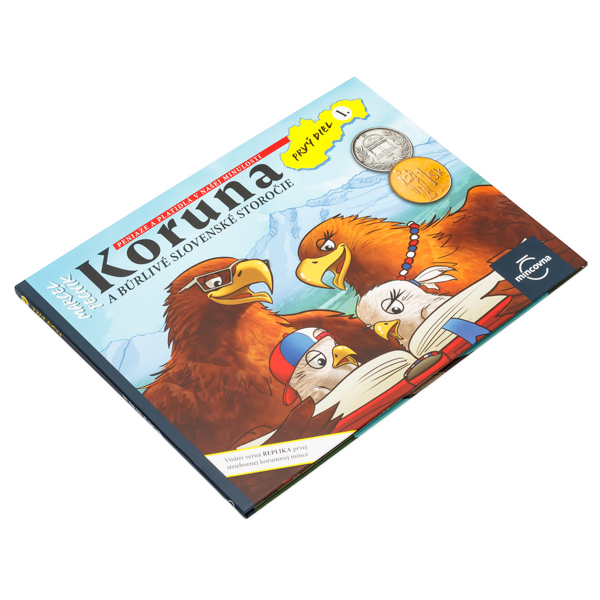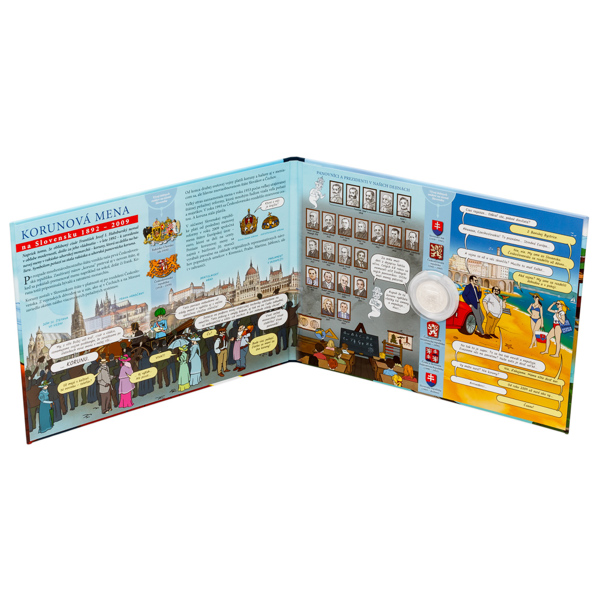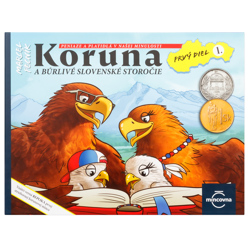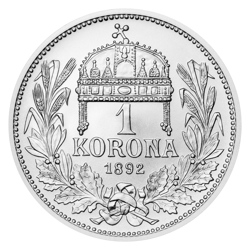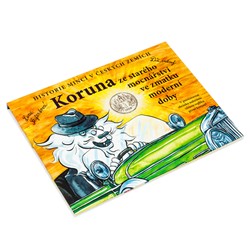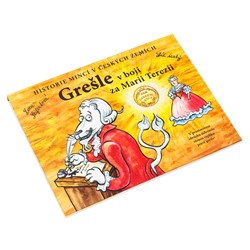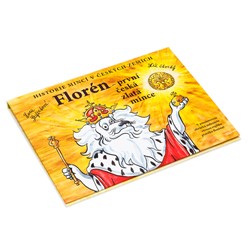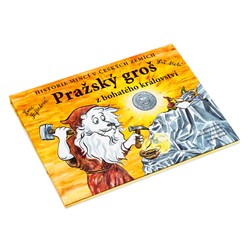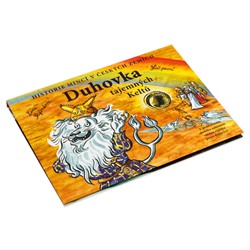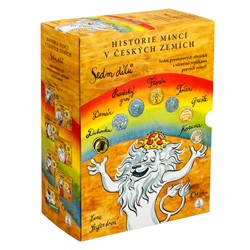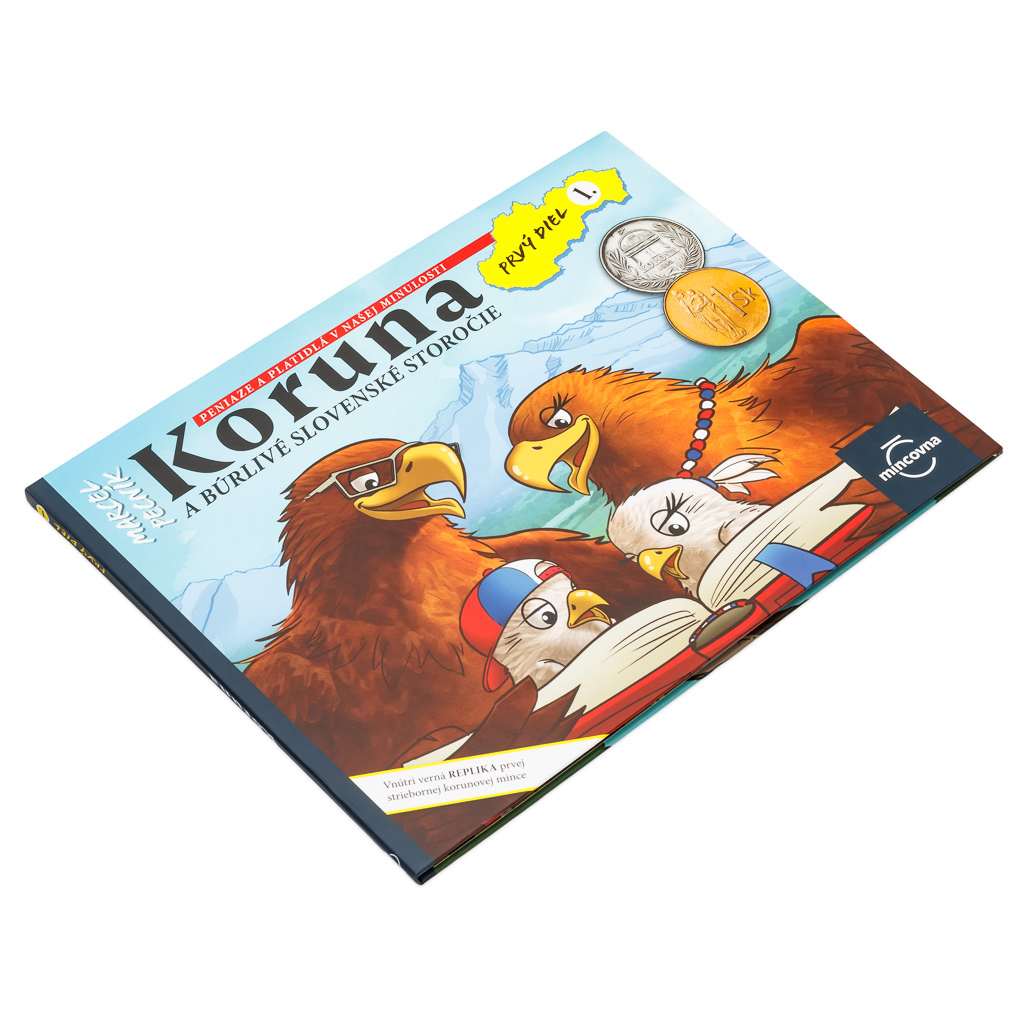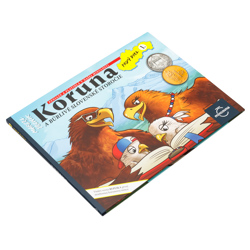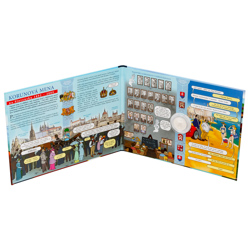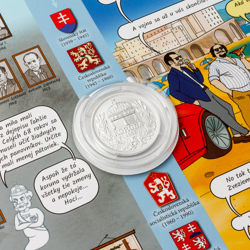History of Minting - Slovak Crown replica stand
Personal pickup at the store
Product description
Slovak historian Marcel Pecník is an expert on currency. He will introduce you to the history of money – especially coins used in Slovakia – in a new series from the Czech Mint. The first issue is dedicated to the Hungarian crown.
When the price of silver fell sharply at the end of the 19th century, it was necessary to replace it with gold in the economy. In 1892, a new currency based on the yellow metal was introduced in Austria-Hungary, whose name – crown – was derived from the symbol of royal power. For example, the ten-crown coin was gold, but smaller coins continued to be minted from cheaper metals. The one-crown coin was therefore silver. The Habsburg Monarchy was a union of two states – Austria and Hungary. According to the Litava River, which roughly separated them, these two areas were called Předlitavsko and Zalitavsko. Although the technical parameters of the coins from Předlitavsko and Zalitavsko were identical, they differed in appearance to reflect the linguistic and cultural differences between the two parts of the monarchy. While the Austrian ‘Krone’ featured the imperial crown, the Hungarian ‘Korona’ bore the Crown of St. Stephen. However, both variants featured a magnificent portrait of Emperor Franz Joseph I. He was very reluctant to agree to the introduction of the new currency. He hated change, but he lived in a time when everything was changing. The First World War brought about the most change, disrupting the ancient empire. Czechoslovakia, which was created on the ruins of Austria-Hungary, then became the only successor state to the Habsburg Monarchy where the name of the old currency survived with a different attribute. The Austro-Hungarian crown became the Czechoslovak crown...
A replica of the Hungarian crown coin, bearing the portrait of Franz Joseph I together with an image of St. Stephen's Crown, is minted from silver. Based on the original historical coin minted by Carl Gerl and Josef Reisner, it was designed by medal maker Lenka Nebeská, DiS.
The replica, which will delight not only children, comes in popular educational packaging full of interesting facts and cheerful pictures.
 čeština
čeština
 slovenčina
slovenčina
 english
english

